Miles Davis at Newport 1955-1975: The Bootleg Series Vol.4
(Columbia Legacy 88875081952. Four CD set. Review by Peter Jones)
The title says it all: here is a quadruple CD collection encompassing the key Miles Davis years from the perspective of eight annual Newport Jazz Festivals, seven of them actually held in Newport, RI, the eighth recorded in Switzerland under the banner of Newport Jazz Festival In Europe.
To put Volume 4 in the context of the series as a whole, Volume 1 featured live material from a European tour of Autumn 1967, with Miles’s so-called Second Great Quintet, namelyWayne Shorter, Herbie Hancock, Ron Carter and Tony Williams; Volume 2 was taken from another tour in 1969, with Shorter, Chick Corea, Dave Holland and Jack DeJohnette; while Volume 3, subtitled Miles at the Fillmore, included concerts from 1970 by an expanded band consisting of Holland, DeJohnette, both Corea and Keith Jarrett on keys, saxophonist Steve Grossman and percussionist Airto Moreira.
So the new release starts earlier and finishes later, thus offering something the others don’t: a historical overview of two decades during which the music developed from bebop all the way through to electronica, when drug abuse and poor health were taking a severe toll on the leader’s live appearances. To quote Newport impresario George Wein, ‘[Miles] couldn’t play as well, and it seemed he was covering himself up with all the electronics around him.’
The first CD begins in 1955 with what was billed as an all-star jam session. And for once the description almost under-sells it: Zoot Sims, Gerry Mulligan, a certain Thelonious Monk on piano, Percy Heath on bass, Connie Kay on drums. Monk’s Round Midnight is included, and you can hear it again from 12 years later on the second CD, this time with Shorter, Hancock, Carter and Williams.
Another of the many points of interest from the collection is the band from July 1958 – the Coltrane/Adderley/Evans/Chambers/Cobb sextet that would record Kind of Blue early the following year: there is no hint of the chilled modal style that was to come. Instead the material is taken from the albums Milestones, ‘Round About Midnight and 1958 Miles, and played with an edgy, neurotic vibe that suggests an impatient search for something they hadn’t yet found. It should be said that all of these tracks have been released before, albeit not together.
CD 2, covering 1966 and 1967, represents the era of Miles Smiles and Nefertiti. You can hear how fast things were evolving. Each of the two years offers a version of Jimmy Heath’s Gingerbread Boy for comparison, and it comes as no surprise that the second is faster and makes fewer references to the original melody. Never remotely concerned about pleasing an audience, Miles doesn’t even bother with breaks between the tunes to allow for applause or reflection – the band is on to the next number even as the previous one dies away.
By the time we reach CD 3, it’s 1969 and a quartet initially, with Messrs Corea, Holland and DeJohnette on tracks taken largely from Bitches Brew; we then jump forward to 1973, the two-guitar funk outfit featuring Pete Cosey, Reggie Lucas, Dave Liebman, Michael Henderson, Al Foster and James Mtume Forman. One track alone (Mtume) represents 1975, by which time Sam Morrison had replaced Liebman on sax.
The final CD returns to 1971. At this stage Miles was playing wah-wah trumpet in a band consisting of Jarrett, Forman, saxophonist Gary Bartz, Michael Henderson on bass, Ndugu Leon Chancler on drums and a second percussionist, Don Alias. They went on to record the poorly-received On the Corner the following year.
Even completists will surely be satiated by the Bootleg series as a whole: there are many different versions of tunes like Gingerbread Boy, Round Midnight, Masqualero and Footprints on the other volumes. And the long gap between 1958 and 1966 means no Gil Evans and no Kind Of Blue, which for many will mean there is nothing to represent Miles’s most melodic period.
Categories: miscellaneous






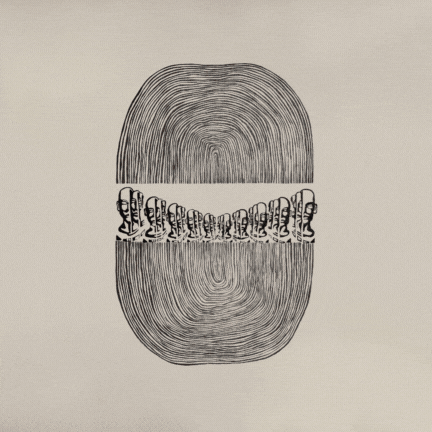

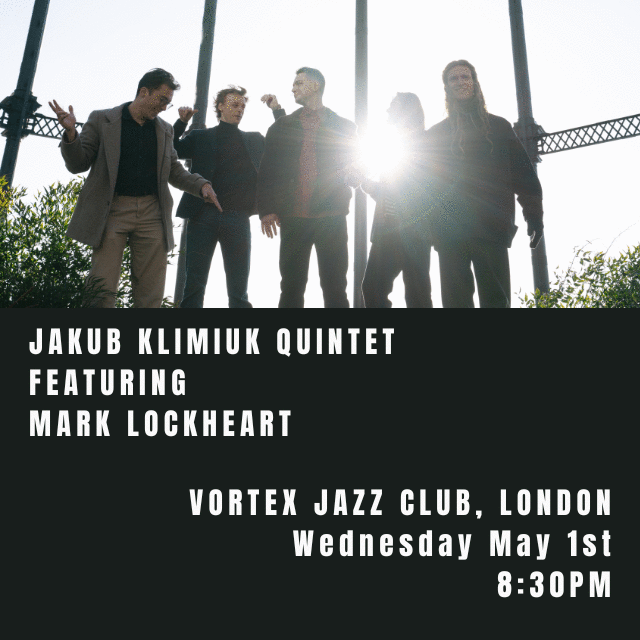
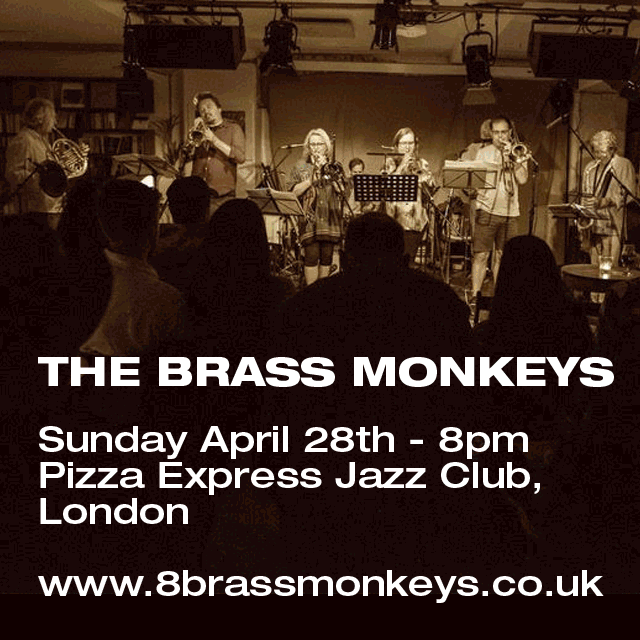
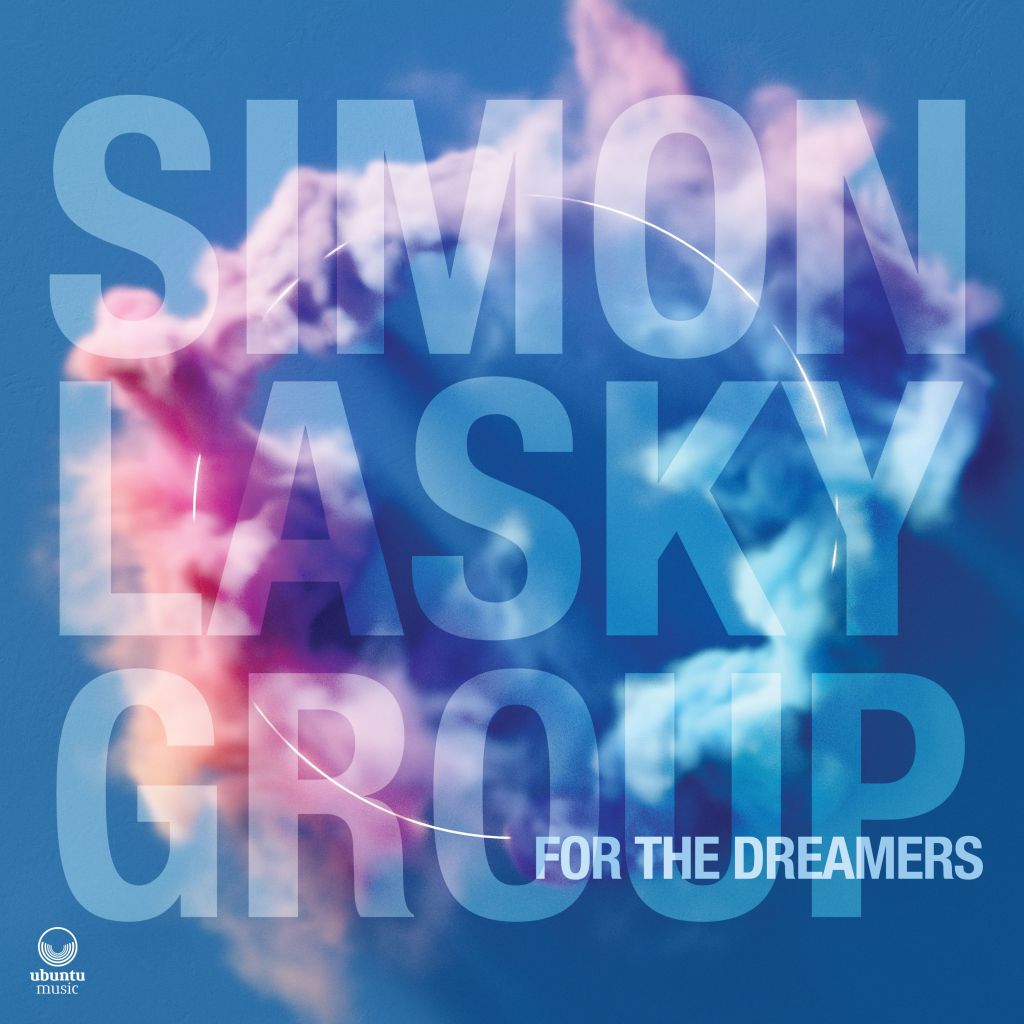
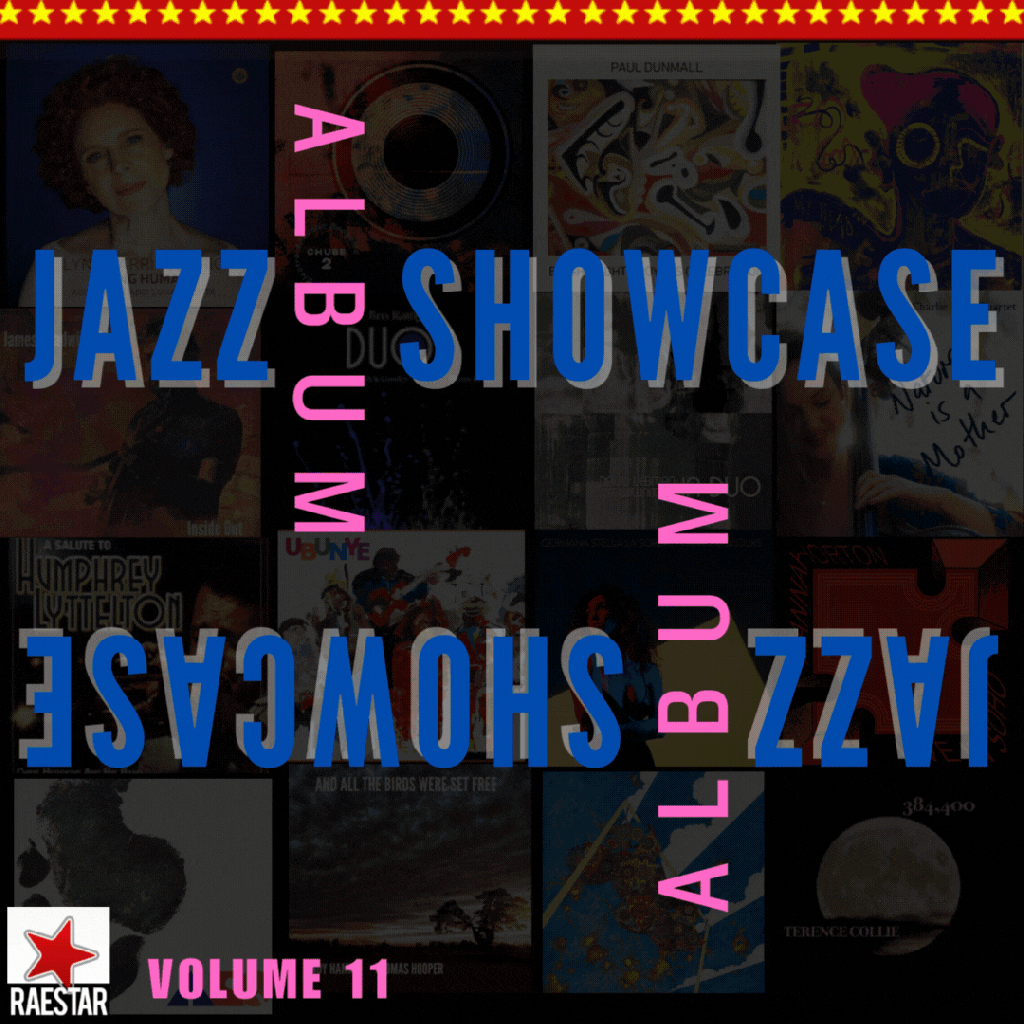
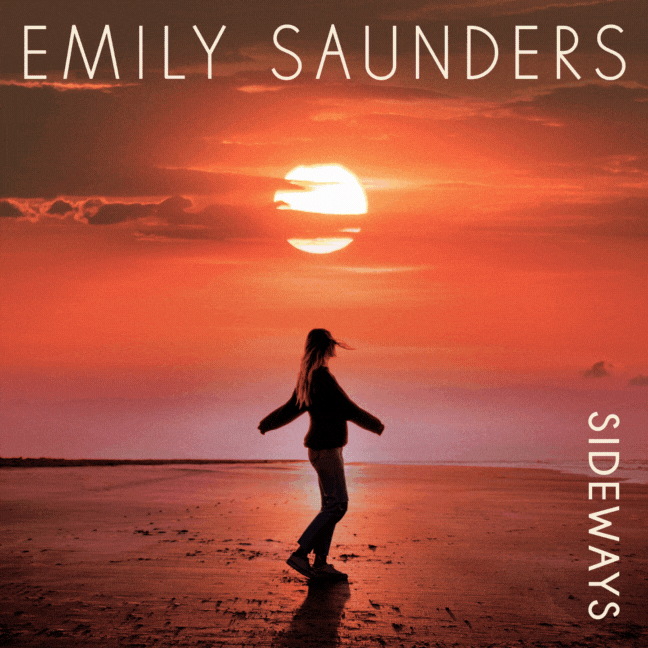
I would far rather see an affordably priced reissue of the Complete Live at the Plugged Nickel box set.
Yes, I see it would cost you £154.99 on Amazon, but if you think that's too steep (and it is), you can download mp3's for £18.99.
Amazon MP3s with degraded sound and no documentation? No thanks, I will keep waiting for Sony to get round to a reissue (they have done it for virtually everything else in their Miles Davis catalogue).
Just bought in Amazon it cost £ 20
Enjoy
C
The final CD returns to 1971. At this stage Miles was playing wah-wah trumpet in a band consisting of Jarrett, Forman, saxophonist Gary Bartz, Michael Henderson on bass, Ndugu Leon Chancler on drums and a second percussionist, Don Alias. They went on to record the poorly-received On the Corner the following year.
No it didn't – in fact quite a different band recorded OtC, with Michael Henderson and Mtume the only holdovers. I love the electric stuff:it certainly wasn't a cover-up for Miles's health problems, and he still played some beautiful trumpet in any case. Another reviewer chose the 1973 set as the highlight, so go figure.